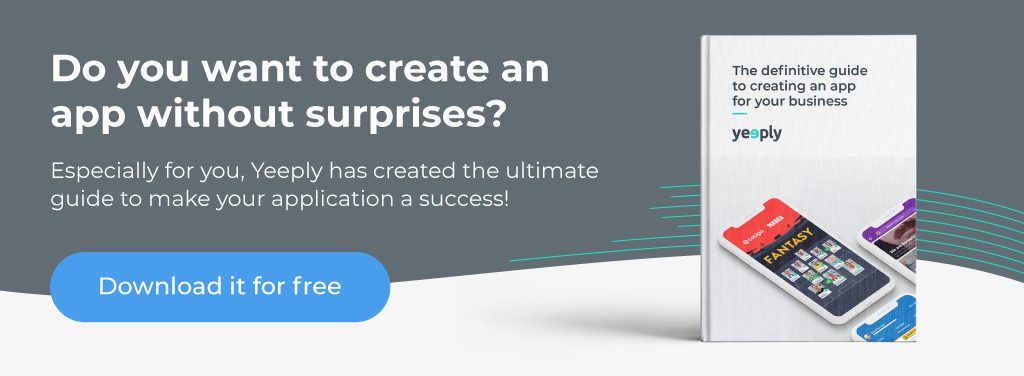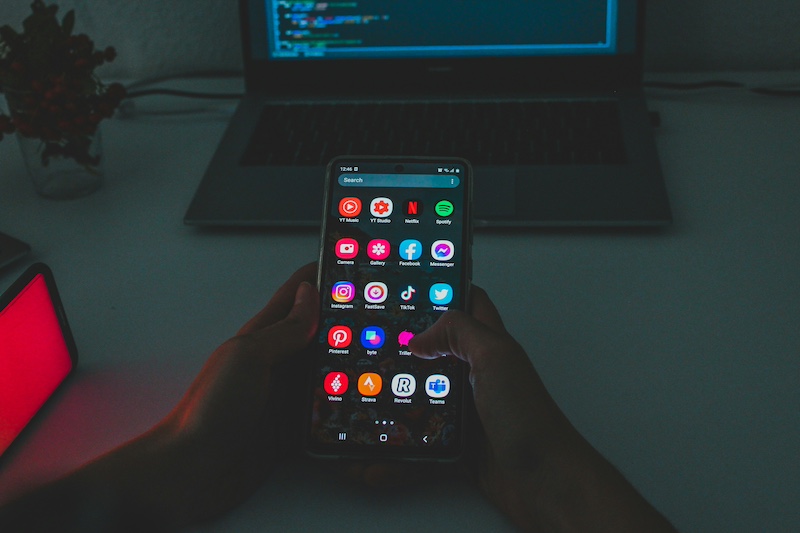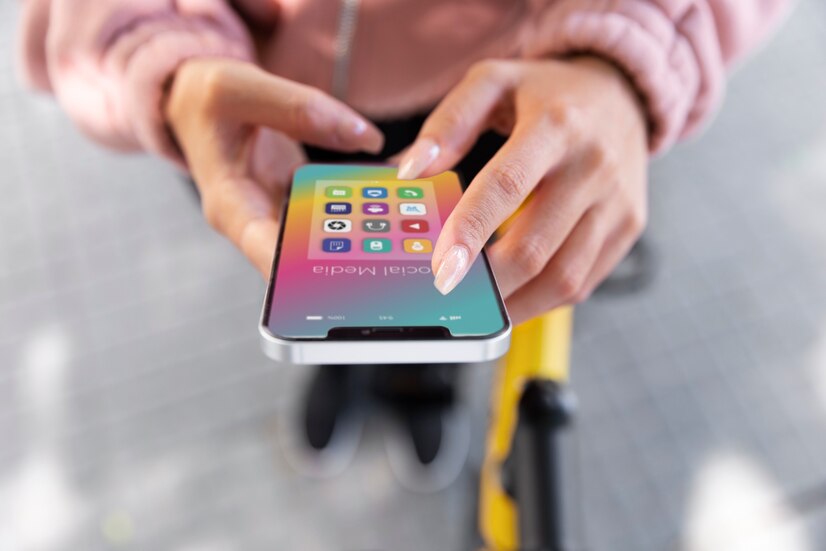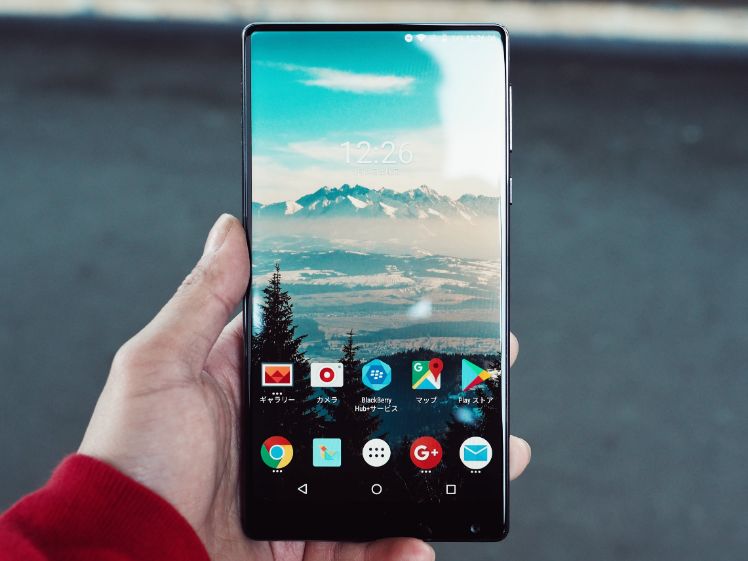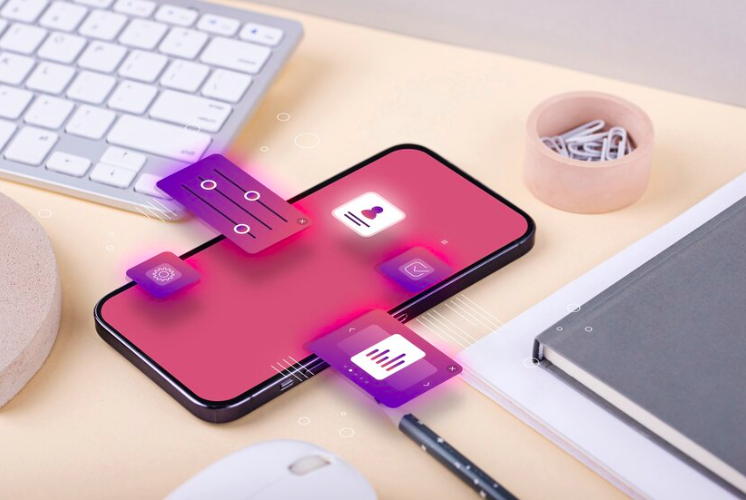Very often, having to carry out online payments makes customers feel uncertain and full of doubts. Even though payments through online platforms are becoming increasingly widespread, there is still some caution as to whether our personal data and bank details are safe. Internet security is always one of the top concerns in the app development industry when it comes to making mobile payments, be it through mobile commerce or through mobile apps.
Although it is by no means a global trend, companies like Apple have begun to develop m-commerce payment methods to enable paying with mobile phones. We have two options: we can either update our website to enable payments through mobile device browsers or allow purchases via our brand’s mobile application.
You might be interested | E-commerce App: Why and how to create one for your online store
We have already discussed the advantages and disadvantages when having to choose between a web app and a native app. In short: the former are cheaper but less widely liked, while the latter is much more expensive but improve customer experience and generate a greater engagement.
Furthermore, app development incorporating payment methods will make it all much easier, simplifying the payment process from the customer’s point of view. The purchase flow will always be easier to handle through a mobile app than through a website accessed from a mobile device, irrespective of whether it’s optimised or not. The final choice will always depend on your turnover and on the importance of sales in your company’s main activities.

M-commerce payment methods
Card payments are usually the most widely used payment method in online stores to collect the money from the sales they attain through their websites, web apps or mobile apps. They generally offer the possibility of paying with Visa, MasterCard or American Express and accept credit and debit cards alike.
However, the rise of this m-commerce shopping trend has boosted mobile payment methods as an alternative to card payments.
- PAYPAL. An alternative to credit cards and a payment method that gains users on a daily basis. It allows you to link your PayPal account to any bank account − or to several bank accounts. You can also carry out payments from any mobile device with an Internet connection. This integration of this payment method is one of the simplest, allowing you to purchase something through its app in just three steps.

- GOOGLE WALLET. Another option is Google Wallet − though not a brand new one. Even though this payment method was launched 5 years ago, it is an alternative that is still not getting off the ground. The reason for this may be the lack of enthusiasm that website and app development professionals show for it, as it is difficult to implement. And all this sums up to the strong rivalry it faces from other m-commerce payment methods. Google Wallet’s app arrived late in 2014, so we still have to wait to see whether this payment method gets more widely used. One of its advantages is that it can be used both for online payments as for paying in physical stores.
- APPLE PAY. This payment method is relatively new and has been designed as a direct rival to Google Wallet. This app is included by default on the new iPhone 6 and iPhone 6 Plus devices and can be used in apps and online stores as well as in physical stores. It follows, thus, the philosophy of expanding mobile payments from the online to the offline world. It is currently available only in the United States but will be launched worldwide during 2015.
- iZETTLE. This method strives to ease payments for SMEs and freelancers via their smartphones and tablets. Its main advantage is that it has partnered with retail banks and telecommunications companies across Europe to provide a simple e-Commerce payment method that makes use of small high-frequency transactions.
- CHIRPIFY. This mobile application allows carrying out in-app payments from Facebook, Instagram or Twitter. Chirpify is an innovative payment method in which the main social networks are betting. By simply using the words ‘buy’ or ‘donate’ when commenting on a social network’s wall or chat, users can initiate a transaction without having to leave the wall or the conversation. According to some experts, the social network revolution will involve making purchases without leaving our wall.
- FLASHIZ. This application advertises itself as “the universal mobile payment method”. And its claim is accurate because it allows you to pay with your mobile phone both in online stores and physical stores. Unlike other methods, it goes beyond being a simple cards aggregator; it can be defined as a financial institution for carrying out payments via smartphone.

Security in mobile payment methods
In case you are going to develop an application for your business, you may be wondering how to manage your app’s security. Personal data and bank details are a sensitive issue that must be looked after to the fullest possible extent because they will be a critical aspect for your customers.
Although most of the security mechanisms will be managed by the payment provider, there a few things that you will have to take into account and look after. You will only have to worry about the security of your mobile payment process when a customer enters his payment details, as you will have to decide where to store such data. You can either store such data yourself or ask the payment provider to do so.
As shopping with mobile devices becomes increasingly frequent, optimising the channels that allow this is becoming an unavoidable task. Developing an m-commerce application can be vital for your business. So, first of all, you should ask yourself: is my business in need of a mobile application? If the answer is ‘yes’, Yeeply can help you to find the best mobile app developers. We are happy to help you out!


